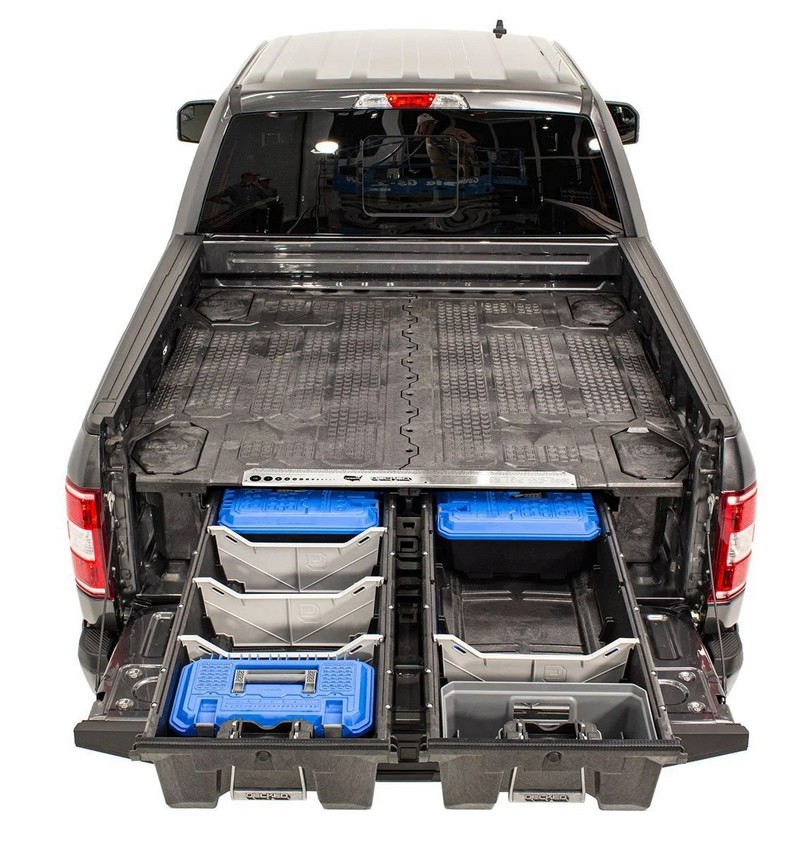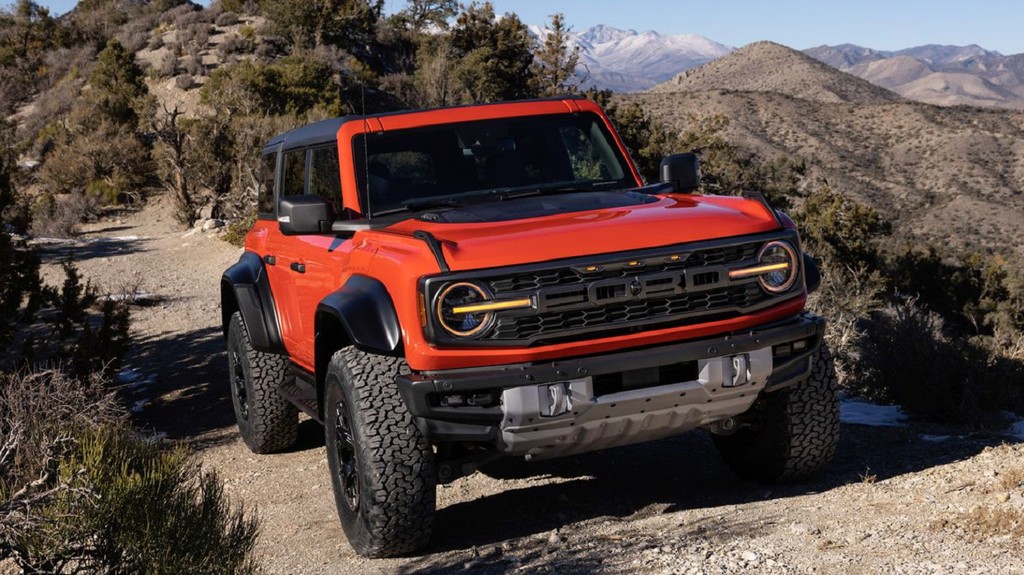
Choosing the Right Tires for Your Ford Raptor
While many people look at buying a set of new tires as an expensive obligation that one must deal with every couple of years, there can be more of a silver lining to be found than first meets the eye. Tires are surely one of the most important, underappreciated, and often-overlooked parts of any car. This is especially true for a vehicle built for hard use in rough country, like the Ford Raptor. From stock, the all-terrain Raptor comes with appropriately beefy tires – 35” BFGoodrich KO2 All-Terrains, which are a great option for nearly any use case, and a smart selection from Ford. While these KO2s are great tires, perhaps you see a sale of a different brand that looks appealing, or, you might be wondering if it’s possible to eek out a little more off-road performance out of your truck by changing your rubber.
While we have the Raptor (and things that Raptor owners will be doing) in mind with this article, these principles of tire selection below can apply to most other capable vehicles, from Land Rover Defenders to the Mercedes-Benz G Class. Let’s go over a few key points to consider the next time you’re tire shopping.
All-Terrain or Mud-Terrain?

When it comes down to choosing tires for your Ford Raptor, you will almost certainly be looking at tires with two different tread patterns: All-Terrain, and Mud-Terrain (commonly known as “ATs” and “MTs,” respectively). If you’re thinking that Mud-Terrains are primarily useful for traction in muddy conditions, you’d be very much correct. The tread patterns on MTs generally look more aggressive than their All-Terrain counterparts, and are designed for one job: pulling your truck through thick, slippery mud off the beaten path. Their deep and aggressive tread is meant to do just this, and they also generally boast tougher sidewalls that resist puncture very well. For this task, they can’t be beat, but by specializing so heavily for this terrain they do make some compromises elsewhere.
For instance, All-Terrains will be quieter on the highways than Mud-Terrains, and you might also find that the ATs last a bit longer with extended highway use (which are the reasons that the Raptors come fitted with them from the factory). This is due to the softer, grippier rubber compound used on MTs. Additionally, it’s harder to find Mud-Terrains tires that are rated for Severe Snow usage – more on that coming up.
If you plan on spending most of your time on the highways, you’ll likely be happier choosing an All-Terrain tire from a reputable manufacturer such as Nitto, BFGoodrich, Goodyear, or Falken; most people would fall into this category. If you use your Raptor as a dedicated trail vehicle and encounter a lot of rain or mud, a Mud-Terrain would provide a few key advantages for this use case. Some tires are even available in either a Mud-Terrain or an All-Terrain tread, such as the Falken Wildpeaks.
The Special Snowflake Rating
If you were to take a close look at the sidewalls of a dedicated winter tire, you would notice a peculiar little graphic resembling a snowflake inside of a mountain. This is commonly called the “Mountain/Snowflake symbol,” or the “Severe Snow” rating, and is a standard developed by tire manufacturers for usage in severe snow and cold-weather environments. The performance of rubber compounds on standard street tires tends to drop off dramatically around 40 degrees Fahrenheit, at which point the rubber also begins to harden – not so with these Severe Snow-rated tired. As this rating is a manufacturer’s standard, all tires with the Mountain/Snowflake symbol can be trusted to perform much better than standard commuter tires when the going gets very cold.
Those who live in the areas of the world that see regular snow and/or low temperatures would be wise to consider purchasing tires with this rating. Originally, this symbol was only seen on dedicated winter and snow tires, but the great news is that due to technological advances in rubber compounds, this certification is becoming much more commonplace on a wide variety of tires designed for off-road use. With a set of these tires, those who reside in snowy climates can potentially eliminate the need for a dedicated set of winter tires, while not sacrificing performance on the trail during the warmer months of the year.
A choice sampling of some popular tires on the market that are Severe Snow-rated are the Falken Wildpeaks, Goodyear Wrangler, and indeed, the same BFGoodrich KO2 tires that came stock on your Raptor. These days, it’s more likely than not that your favorite tires for your Raptor will carry the Mountain/Snowflake symbol, so you might consider making this certification a mandatory requirement for your next set of tires.
Plies and Sidewalls
The stiffness of your sidewall, a byproduct of the number of plies in your tire, is one area of tire selection where you can exercise some choice, depending on what you’d like to achieve and how hard you like to use your truck. This is also referred to as the “load rating,” and while it directly refers to the amount of plies used in constructing the tire, it also indirectly refers to both the maximum tire pressure and the overall durability of the tire. Standard, Passenger-rated tires are constructed with four plies, but if you jump up to “Light Truck” tires, you can generally expect about 10 plies to be used to make the tire.
These Light Truck tires are also commonly called “LT” or “E-rated” tires, and as you can imagine, the extra plies and overbuilt construction are a great boon to resisting puncture from sharp rocks and hazards, both on and off-road. Many, if not most, of your favorite tires are also available in an E-rated version; practically speaking, there’s really no downside to choosing one of these tougher tires, other than perhaps adding a little stiffness to your ride quality. With that said, most folks agree that the increase in durability that comes from these E-rated tires is worth any small penalty in ride quality. If you wheel your Raptor frequently, consider switching over to these tougher tires.
Where the Rubber Meets the Road
Hopefully, the information above will help you take full advantage of your next trip to the tire shop. While you’ll definitely want to put some thought into the load rating, tread pattern, and any severe weather considerations of your next set to take full advantage of all of the Raptor’s potential, the good news for consumers is that average tire quality these days is excellent. Tires have never been more durable and higher-performing, and most manufacturers currently produce tires that check all of the boxes above, so you won’t have to stray too far if you’re loyal to a certain manufacturer. Don’t be afraid to experiment with a new brand, load rating, or perhaps even a set of Mud-Terrains – you might be surprised just how much they transform the look, attitude, and capability of your Ford Raptor.


